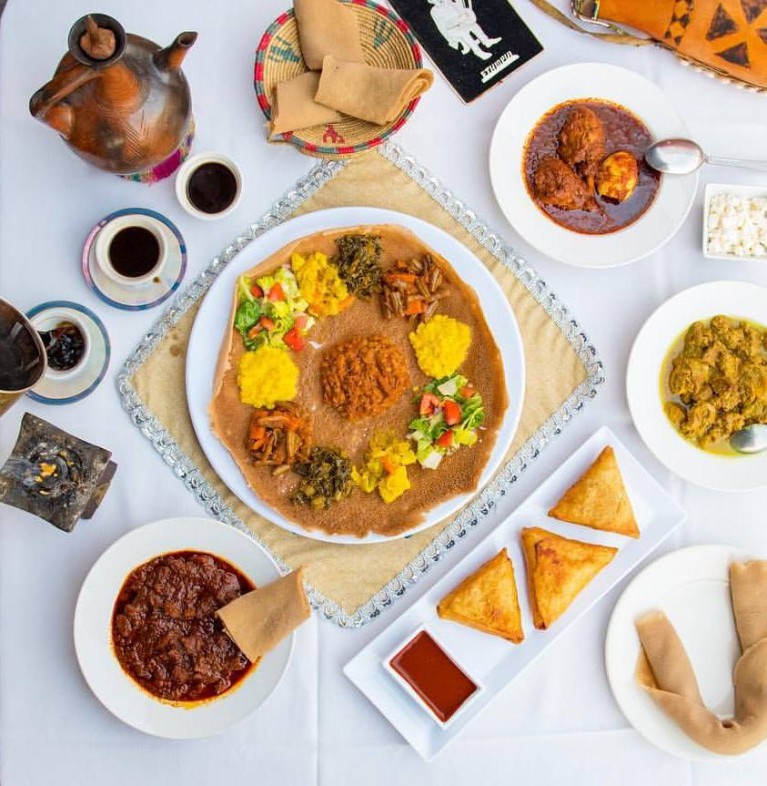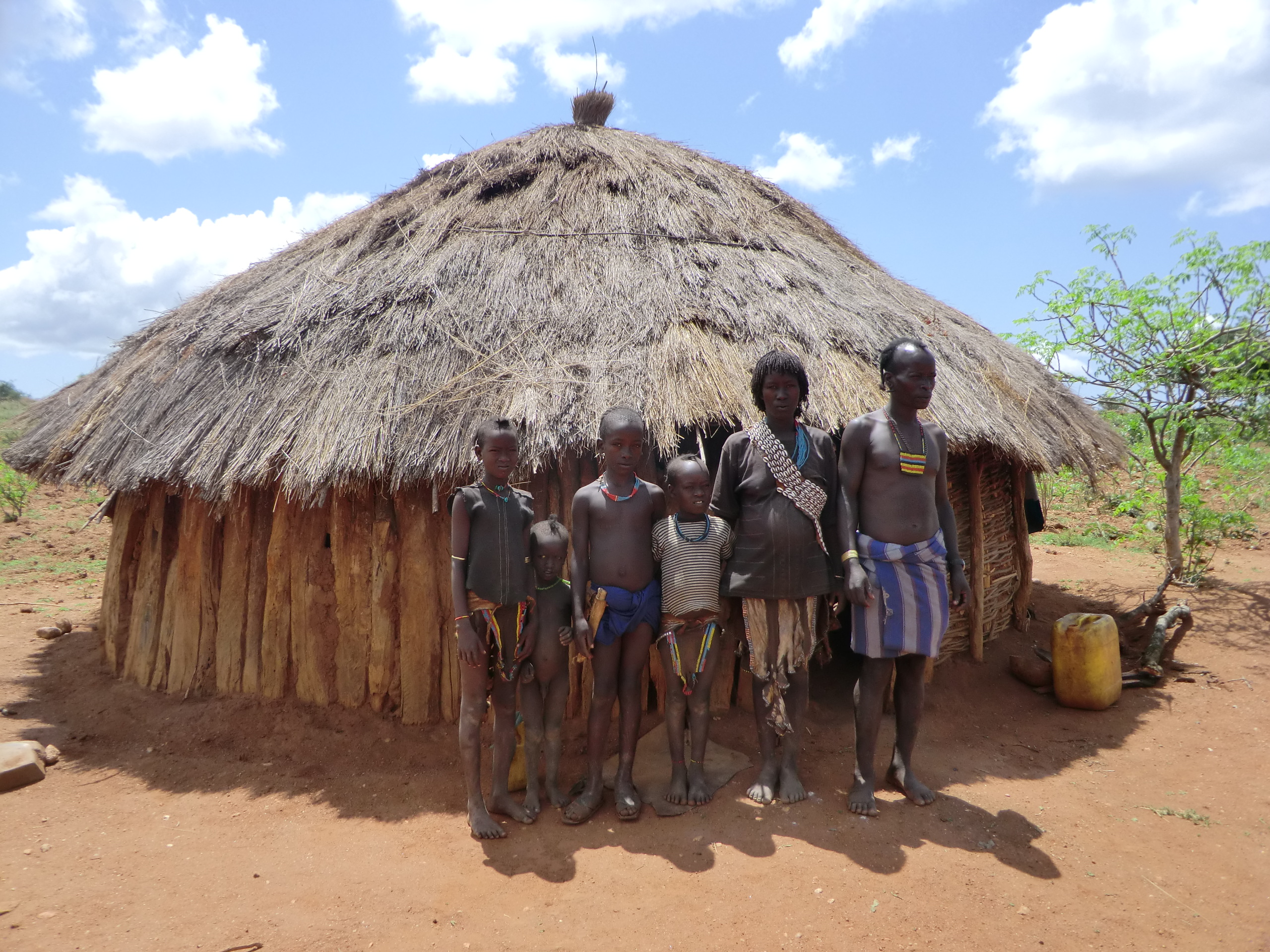I have spent a big part of my childhood on Faroe Islands. I’ve been there 14 times in total and been to most of the major 18 Faroese islands, but there’s always a new adventure waiting in ‘Europe’s best kept secret.’
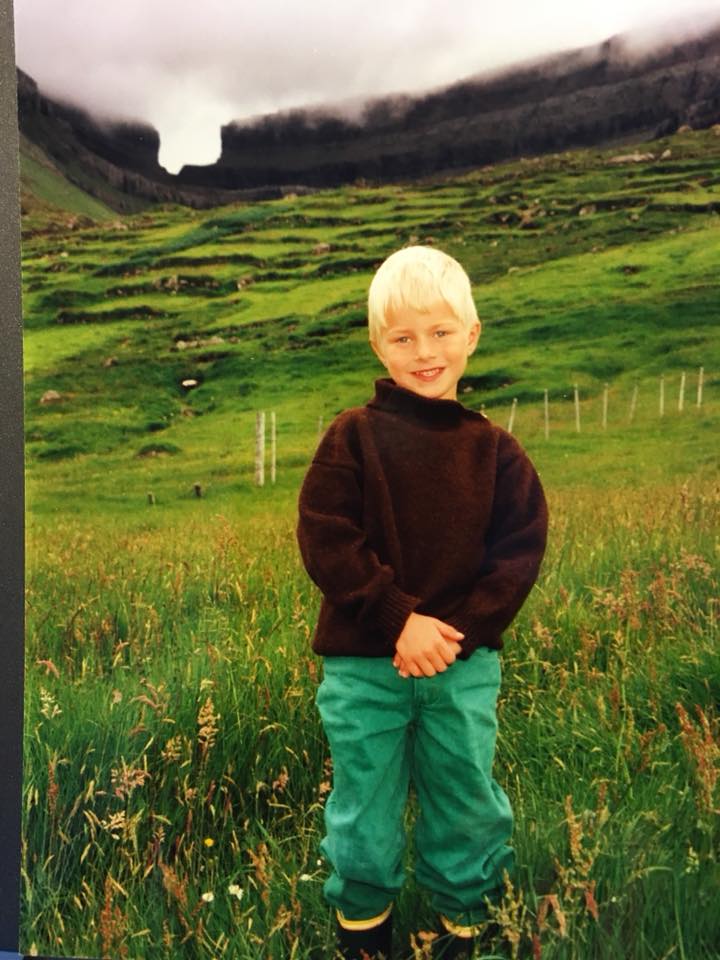
Even after having been to 100+ countries, Faroe Islands is still a very special place to me. Having Faroese roots, the nature and the fact that a big part of my family is living on the Faroe Islands, makes the country like a second home to me. I’m still fascinated every time I arrive in Vágar Airport and drive through the country’s incredible landscape, when I come back to visit my grandfather.
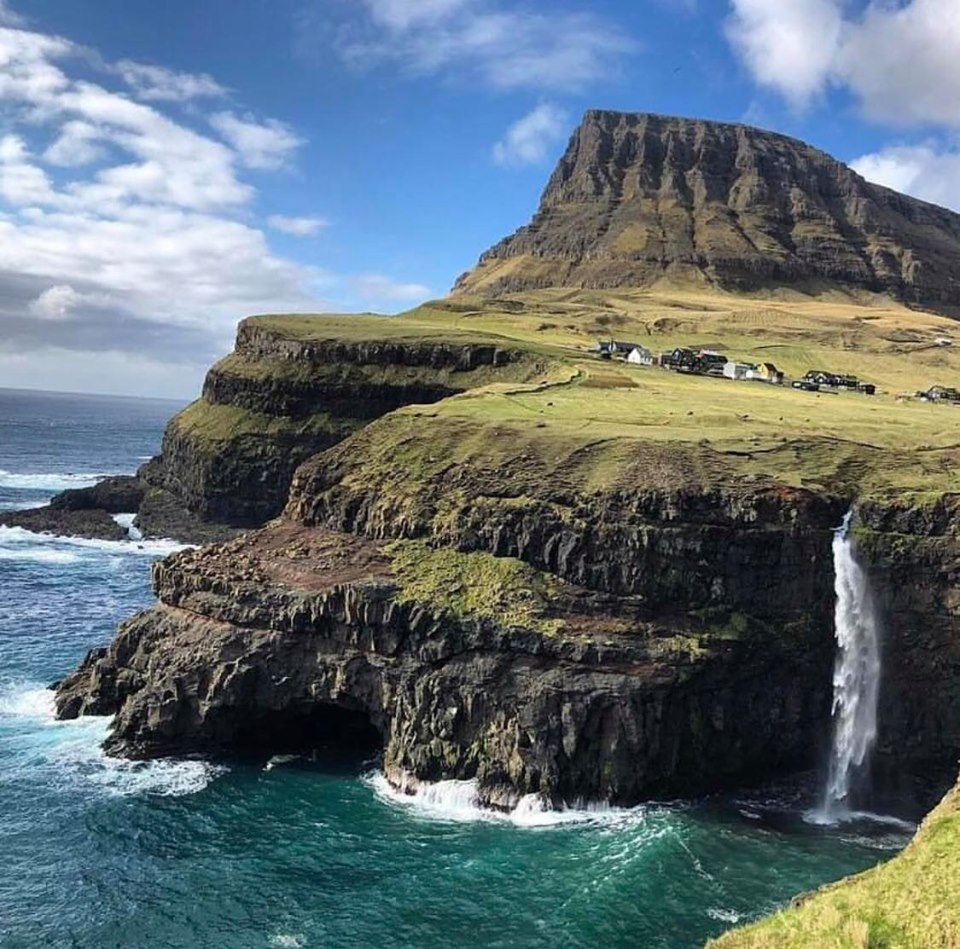
What is Faroe Islands?
The Faroe Islands is a self-governing archipelago with 50,000 people, part of the Kingdom of Denmark, but with its own flag, laws, government and passport.
It comprises 18 rocky, volcanic islands in the North Atlantic Ocean, connected by road tunnels, ferries, causeways and bridges. The islands’ mountains are characterised by steep cliffs, tall mountains, narrow fjords and grassy heathland with thousands of sheeps and seabirds.

The Faroese language derives from Old Norse, which was spoken by the Norsemen who settled the islands 1200 years ago and is very different to the Danish language in Denmark.
There’s absolutely no chance of confusing the Faroe Islands with Denmark – or any other Scandinavian country, for that matter. It truly is a place that stands out all on its own.
1. The scenery
There are no arguments anyone can make that will convince me that the Faroe Islands don’t have some of the most stunning scenery in the world. It’s just a visually striking place, with green mountains and shaggy sheep; crashing waterfalls and colorful little villages.
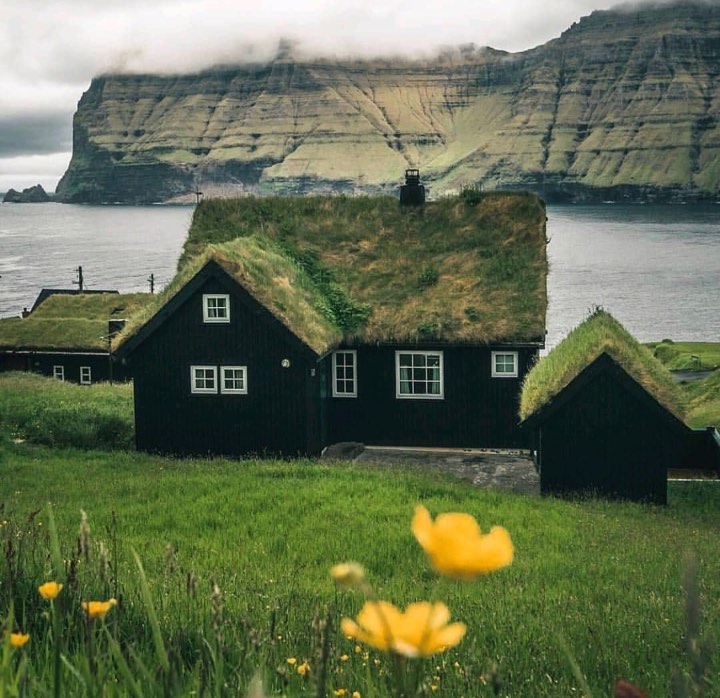

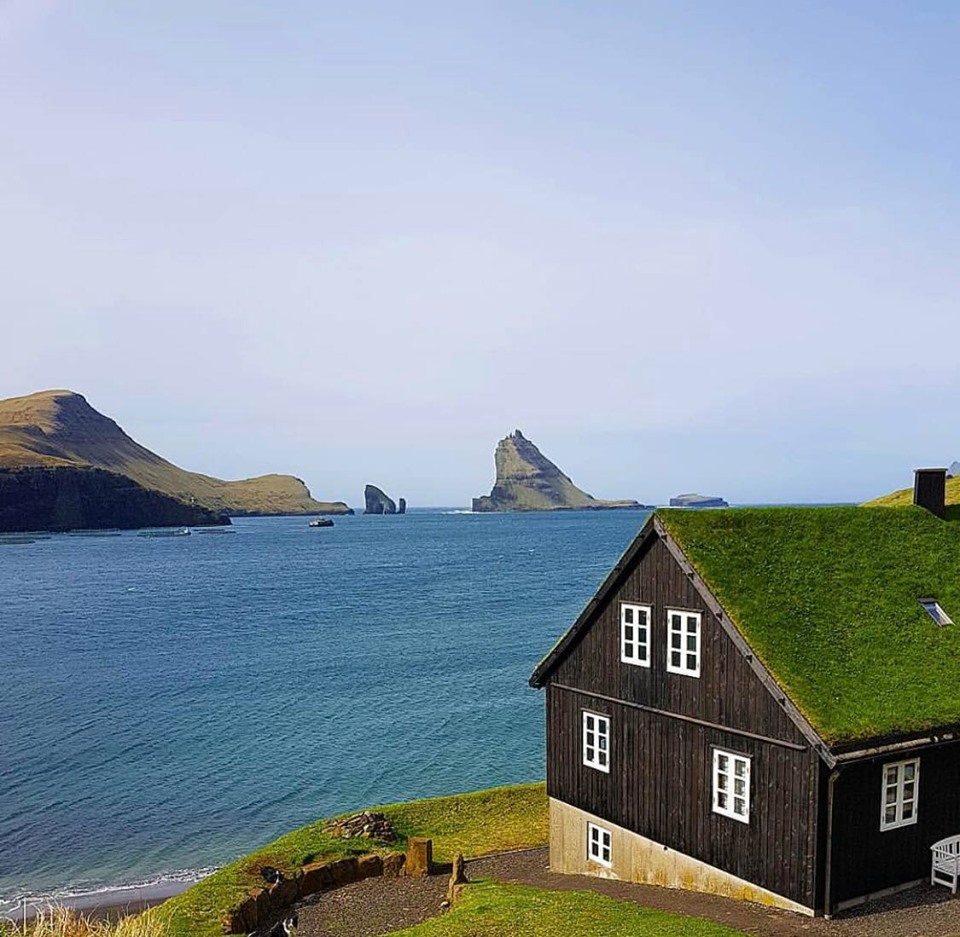
2. Ease of travel
Yes, the Faroes are in the middle of the Atlantic ocean, but you can get easy flight connections these days from places like Copenhagen, Bergen, Reykjavik, and more. (I fly from Copenhagen every time and prefer flying Atlantic Airways.)
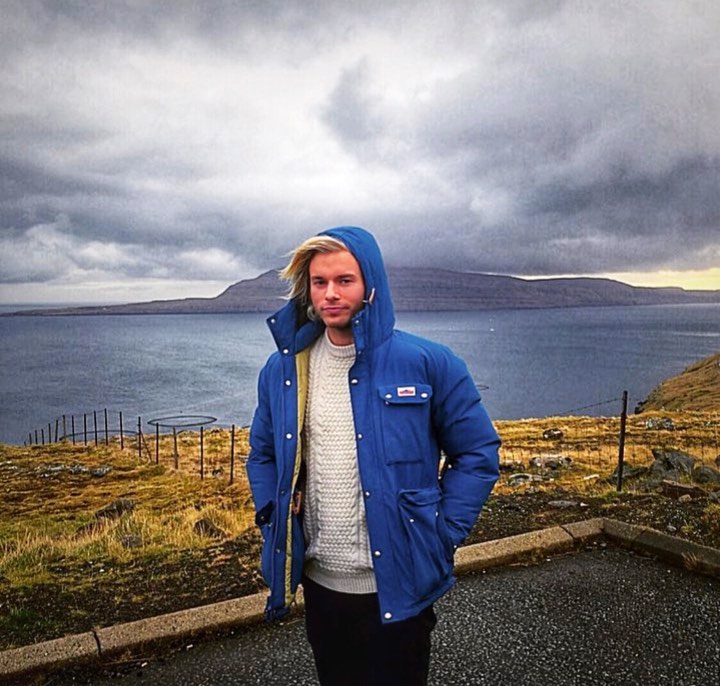
When I was a kid, you couldn’t drive to most places, but you had to take ferries or cross mountains on foot, but now it’s incredibly easy to get around with a rental car. Signs are easy to read, tunnels and bridges connect the main islands and make travel times short, and roads are all paved and well-maintained. (Some roads are admittedly very narrow and winding, but the quality of them is still very good.)
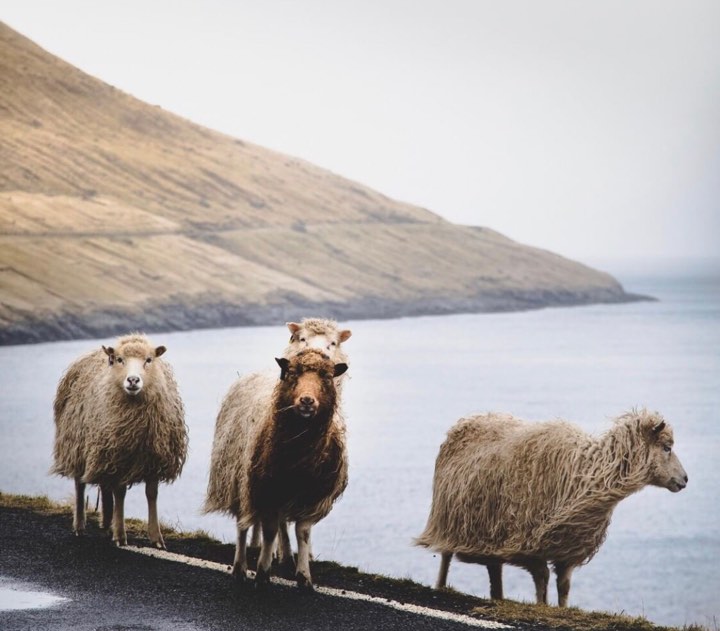
3. Incredibly welcoming people
In which other country in the world do people not lock their doors when they leave their home? And in which other country do you just walk in without knocking on the door when visiting family?
The last one is a bit too much for me, but it’s the truth of Faroe Islands. One of the safest countries on the planet and Faroese people are very welcoming and relaxed, and enjoy getting together and talk for hours. The Faroese people are hardy (you have to be when you live in a place with such changeable weather!) and hard-working, but also love good food and drink. They are also very passionate about their home.
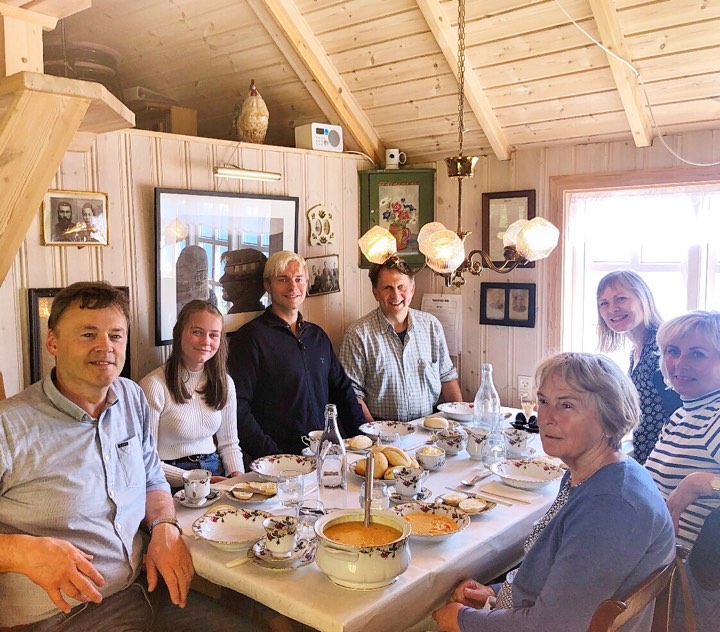
Faroese people have an extremely strong family bond and they live very close to each other.
4. Puffins
The island of Mykines is only a 45-minute ferry ride from the island of Vagar, and in the summer the entire island is covered in birds – including thousands of puffins!
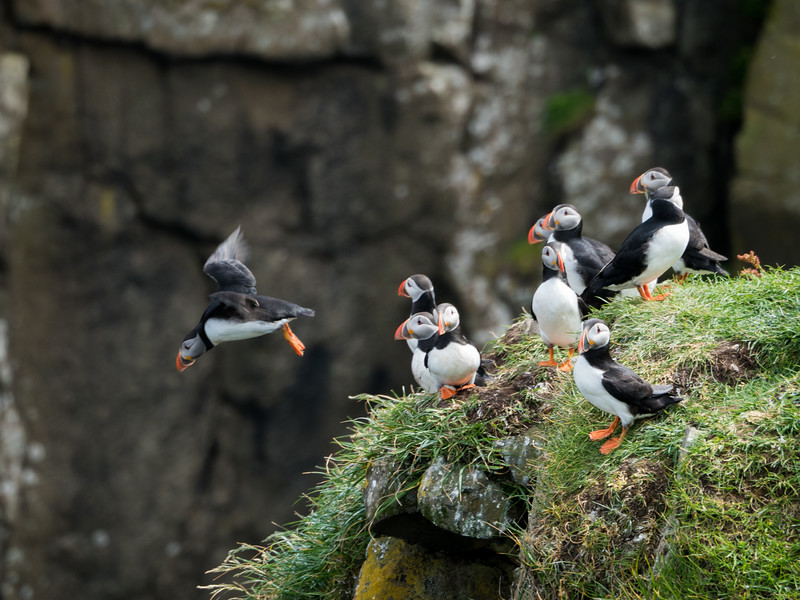
(And really, do you need any other reason to visit?)
5. Social Media Hasn’t Ruined It
I’ve been to Iceland and they’re struggling to figure out what to do with more tourists than they can handle.
The Faroe Islands don’t currently have that problem. Even though the landscapes are incredible, the fact that the country remain relatively obscure means that there aren’t really a ton of tourists there. I visited Faroe Islands in each of the last 4 years, and no matter where I go, I only share the views with a couple of other people. (Keep in mind that I usually go in May, and not in July/August where it is tourist season)
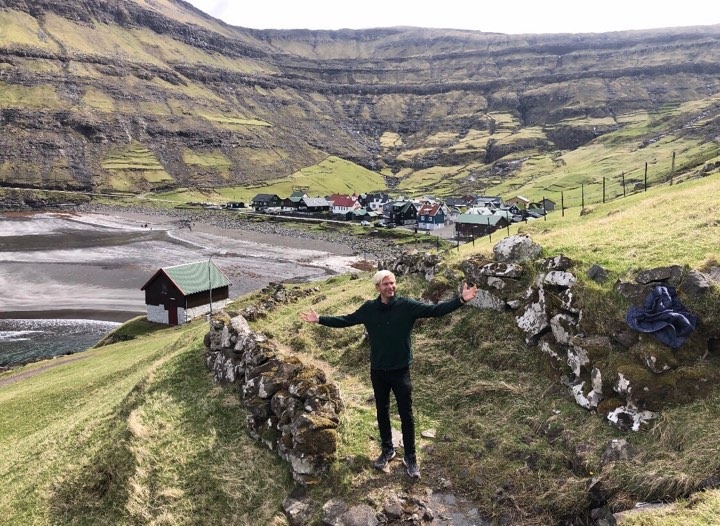
My Faroese grandfather always told me May is the best month to visit Faroe Islands (weather, tourists, beauty) and he knows better than anyone!

There is nothing like a fresh sunny morning in the Faroe Islands during spring time.
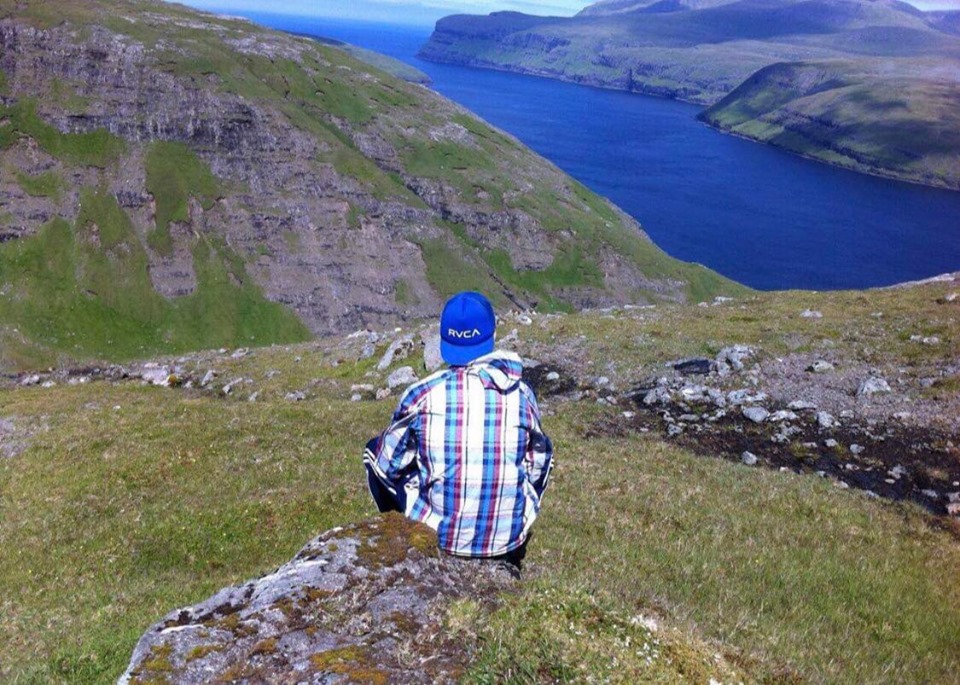
If you want to visit a place that social media attention hasn’t ruined, head to the Faroe Islands. I don’t think you’ll be disappointed.
– Gustav
gus1thego.com



